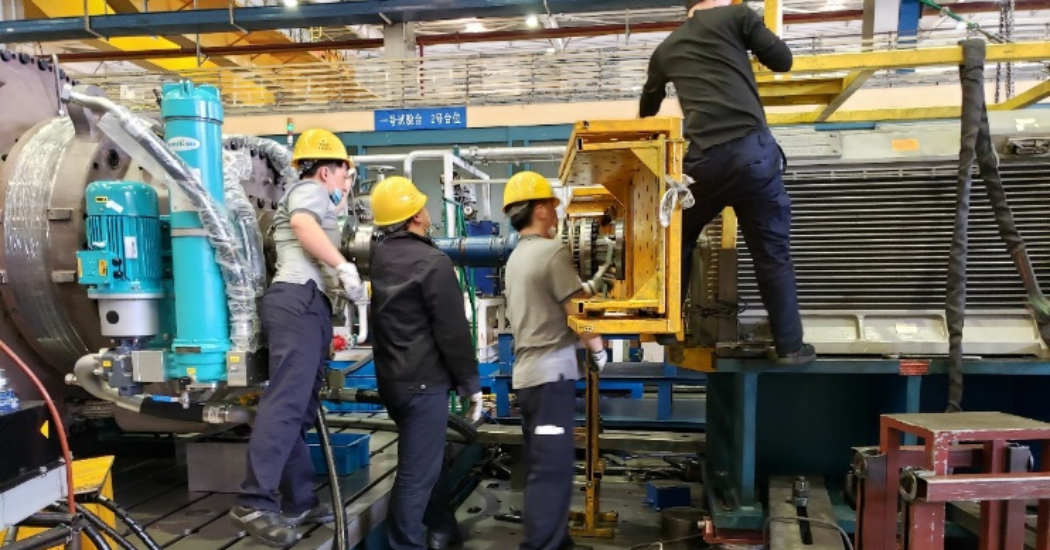The wind power industry has developed rapidly as governments around the world have developed their understanding of the increasingly demanding issue of environmental pollution. Science and technology have continuously improved the use of renewable energy. In recent years, governments have continued to increase the development and utilization of renewable energy and wind energy.
 The wind power gearbox is an extremely important part of the wind turbine – the wind energy is transmitted to the generator set through the gear pair to increase the speed. Its’ reliability and durability directly affect the service life of the entire wind turbine. The location of the wind farm is generally located in the mountains or offshore areas with harsh environments. If the gearbox that has been installed fails, the subsequent maintenance and removal costs are more difficult for manufacturers to bear. Therefore, various gearbox manufacturers have strict quality control of their products. Each wind turbine gearbox must pass comprehensive and rigorous performance testing before leaving the factory.
The wind power gearbox is an extremely important part of the wind turbine – the wind energy is transmitted to the generator set through the gear pair to increase the speed. Its’ reliability and durability directly affect the service life of the entire wind turbine. The location of the wind farm is generally located in the mountains or offshore areas with harsh environments. If the gearbox that has been installed fails, the subsequent maintenance and removal costs are more difficult for manufacturers to bear. Therefore, various gearbox manufacturers have strict quality control of their products. Each wind turbine gearbox must pass comprehensive and rigorous performance testing before leaving the factory.
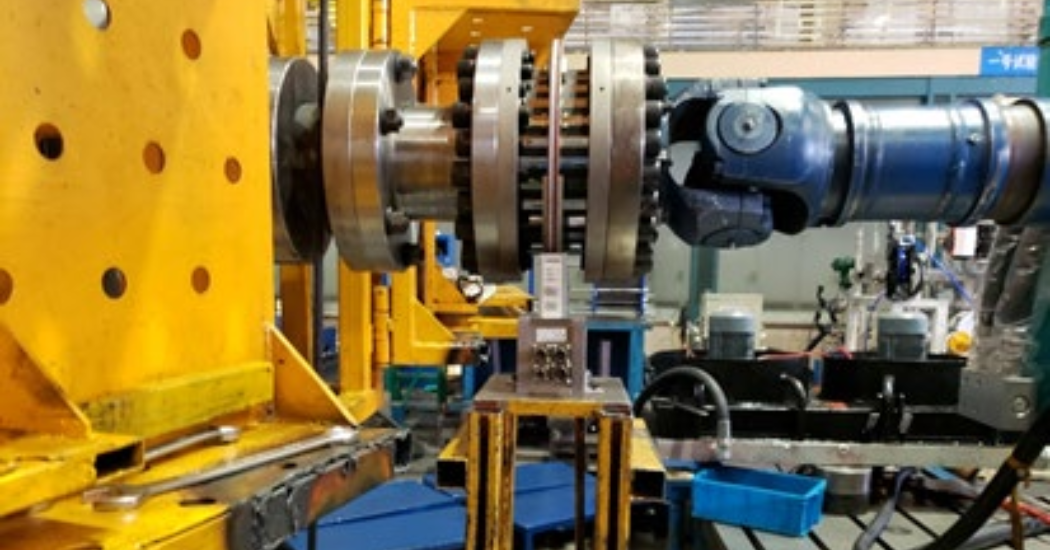 Performance evaluation of the gearbox requires use of a dynamic torque sensor to determine the mechanical power and efficiency. In the past 10 years since the development of the wind power industry, major gearbox manufacturers and test systems have generally adopted traditional bearingless dynamic torque sensors. However, with the increasing frequency of installation and disassembly, long term usage has made apparent difficulties with installation and sensor debugging as well as increased sensor damage frequency. The result is increased pressure on the test technicians, higher sensor maintenance costs and extended maintenance cycles.
Performance evaluation of the gearbox requires use of a dynamic torque sensor to determine the mechanical power and efficiency. In the past 10 years since the development of the wind power industry, major gearbox manufacturers and test systems have generally adopted traditional bearingless dynamic torque sensors. However, with the increasing frequency of installation and disassembly, long term usage has made apparent difficulties with installation and sensor debugging as well as increased sensor damage frequency. The result is increased pressure on the test technicians, higher sensor maintenance costs and extended maintenance cycles.
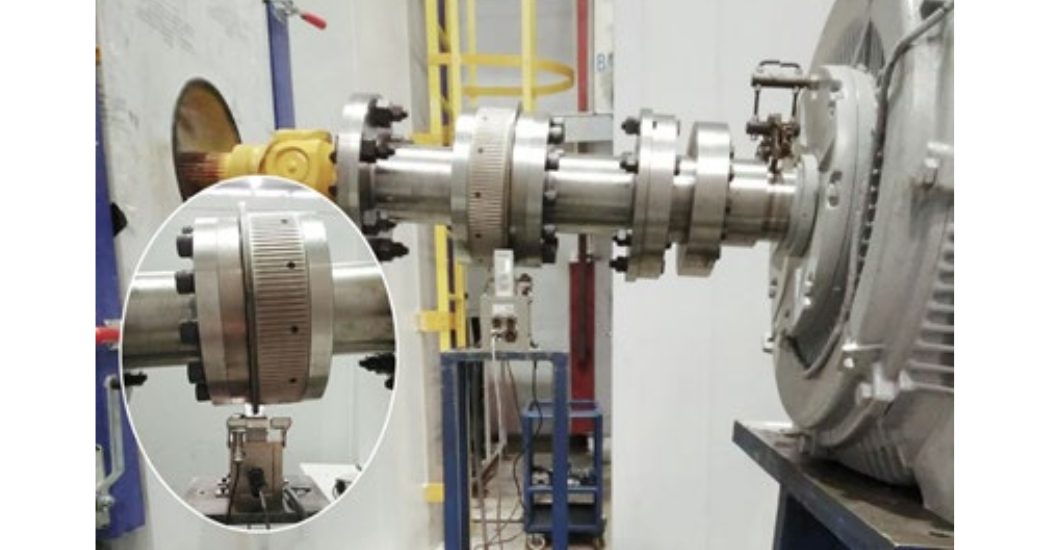 Presented with these concerns, S. Himmelstein and Company has developed a more reliable solution. They are as one of the few transducer manufacturers in the world that design and manufacture large-range/super-large-range torque sensors.
Presented with these concerns, S. Himmelstein and Company has developed a more reliable solution. They are as one of the few transducer manufacturers in the world that design and manufacture large-range/super-large-range torque sensors.
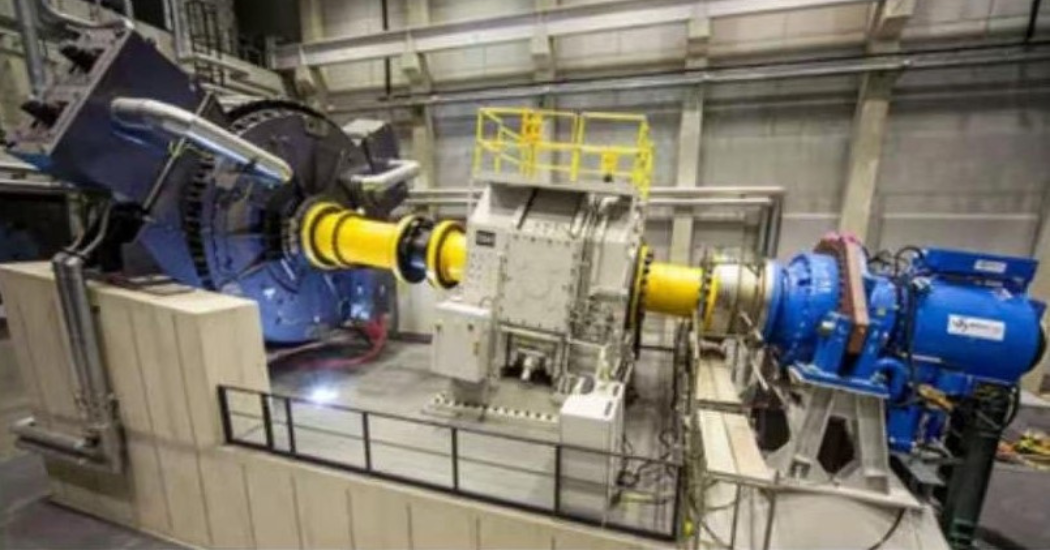 S. Himmelstein and Company’s dynamic Bearingless torque sensor adopts internally developed wireless signal transmission technology. The stator or signal conditioner innovatively adopts an open arc design (nearly ¼ arc). Sensor/rotor to stator spacing can reach 5~7mm in the radial direction, and the axial tolerance can reach ±10mm.
S. Himmelstein and Company’s dynamic Bearingless torque sensor adopts internally developed wireless signal transmission technology. The stator or signal conditioner innovatively adopts an open arc design (nearly ¼ arc). Sensor/rotor to stator spacing can reach 5~7mm in the radial direction, and the axial tolerance can reach ±10mm.
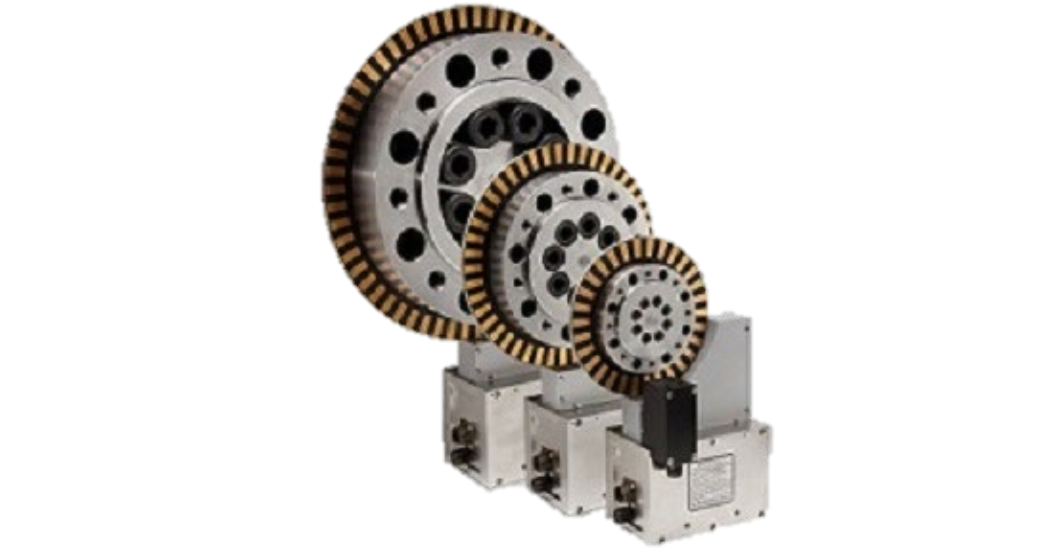 When installing the sensor, first install the rotor/flange into the system driveline, then slowly approach the powered stator housing from any direction and angle to the antenna at the edge of the flange until the indicator lights on the stator show green. The sensor is then ready to enter the normal operating condition.
When installing the sensor, first install the rotor/flange into the system driveline, then slowly approach the powered stator housing from any direction and angle to the antenna at the edge of the flange until the indicator lights on the stator show green. The sensor is then ready to enter the normal operating condition.
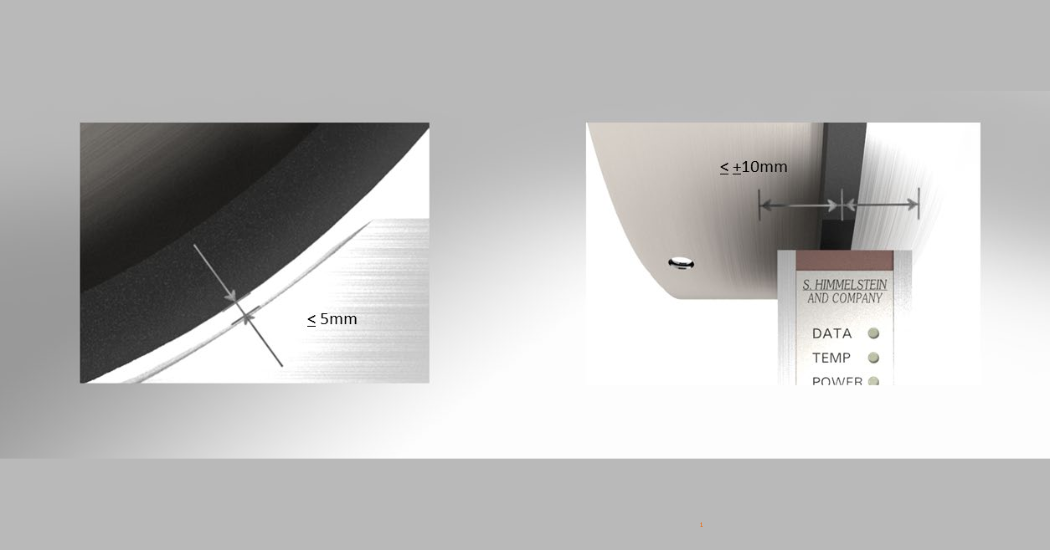 This installation requirement is easy and stress-free for any installation technician. This visual and easy-to-achieve rotor to stator spacing, reduces the possibility of rotor to stator contact and any resulting damage to almost zero. It also reduces maintenance costs and repair cycles, greatly speeds up the test cycle, and shortens the delivery time of the gearbox.
This installation requirement is easy and stress-free for any installation technician. This visual and easy-to-achieve rotor to stator spacing, reduces the possibility of rotor to stator contact and any resulting damage to almost zero. It also reduces maintenance costs and repair cycles, greatly speeds up the test cycle, and shortens the delivery time of the gearbox.
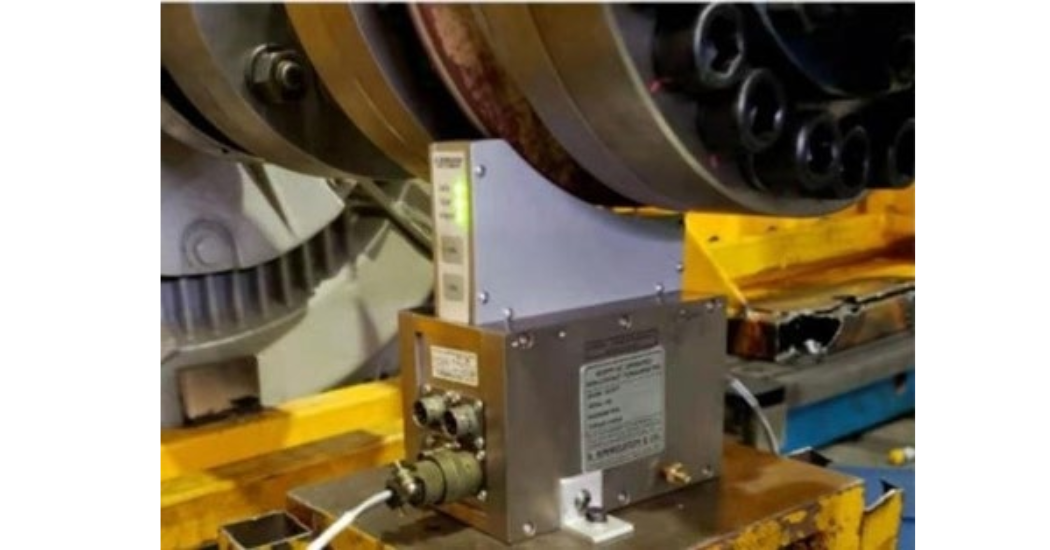 S. Himmelstein and Company’s Bearingless torque Sensors have been successfully used in transmission tests in domestic wind power, shipping, railway, automotive, and other industries. Its excellent performance, high reliability, and low maintenance rate have been universally praised by users.
S. Himmelstein and Company’s Bearingless torque Sensors have been successfully used in transmission tests in domestic wind power, shipping, railway, automotive, and other industries. Its excellent performance, high reliability, and low maintenance rate have been universally praised by users.

